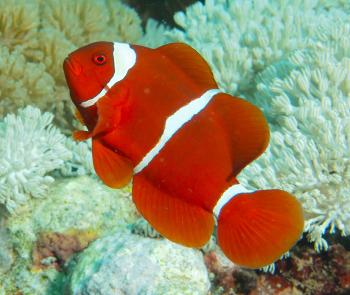** note: To enable closed captioning, please click on the small CC in the bottom right of the video controls.
The ancient sponge appeared about 2.5 billion years ago—the first animal. Coming in many sizes and shapes, sponge bodies are a loose assemblage of cells held together by a special protein called collagen which is present in all animals. In addition, sponges have microscopic crystalline spicules that act as a skeleton. We see an animated view of the incredible variety of shapes of these spicules. Sponge cells carry out all the functions that organs carry out in higher animals and they communicate with each other, an ability all animal cells share. Sponges are the only animals that if broken down to the level of their cells, they can reassemble themselves. Dr. Cristina Diaz demonstrates how quickly sponges filter water to obtain food by injecting a colored dye just outside the sponge and watching how quickly the sponge pumps out the dye. We go on a wild ride inside the sponge through holes, tunnels and chambers. Sponges also use their pumping to reproduce: they pump sperm and eggs into the water. They were the first animals to reproduce sexually.















